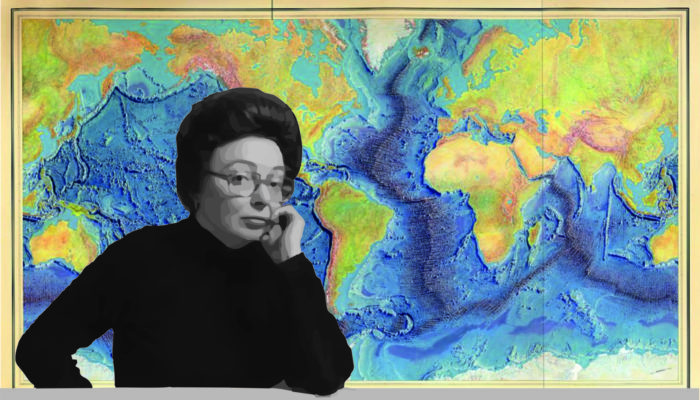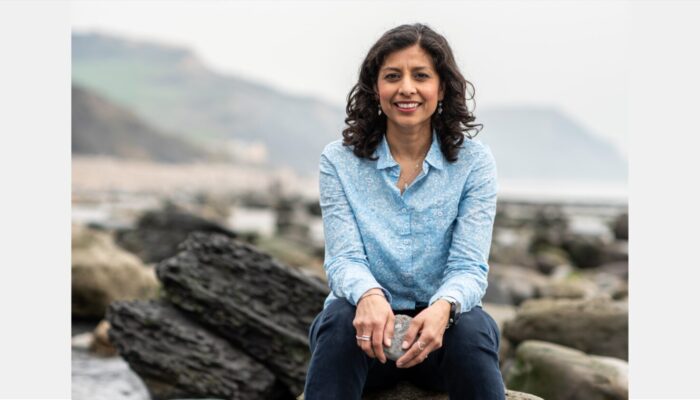This month for GeoTalk we were lucky enough to speak with Anjana Khatwa, the author of a new geoscience book ‘The Whispers of Rock’. Dr Anjana Khatwa is an award-winning Earth Scientist, science communicator, writer, presenter and advocate for diversity in natural heritage spaces. For over twenty years, Anjana has worked as a learning and engagement professional in the natural heritage ...[Read More]
The geological period that no one talks about: menstruation in the field
Try typing the phrase ‘period in geosciences’ into Google. You’ll get something like ‘divisions of geological time’, and how we divide ancient earth time into eras, periods and epochs. We learn about this in the first year and again in every subsequent year of geological training. We are both geochronologists, so this is a topic we are deeply familiar with. But we are also both women. To us, and e ...[Read More]
The women of EGU in 2021!

Happy International Women in Science Day 2021! We at EGU are very lucky to have many outstanding women who participate in the running of the European Geosciences Union. We are delighted to introduce you to just a few of our hard working, inspiring, creative and passionate women of EGU – especially as several of them will be stepping down at the General Assembly this year as their terms of se ...[Read More]
Marie Tharp: an inspiration for the past, present and future!

Today marks the centennial of the birth of Marie Tharp, the person responsible for creating the first map of our planet’s ocean floors. Though her work was underappreciated at the time of its publication – mainly because she faced many significant barriers due to her gender – her maps ended up being instrumental evidence in support of the theory of plate tectonics. Marie herself ...[Read More]


